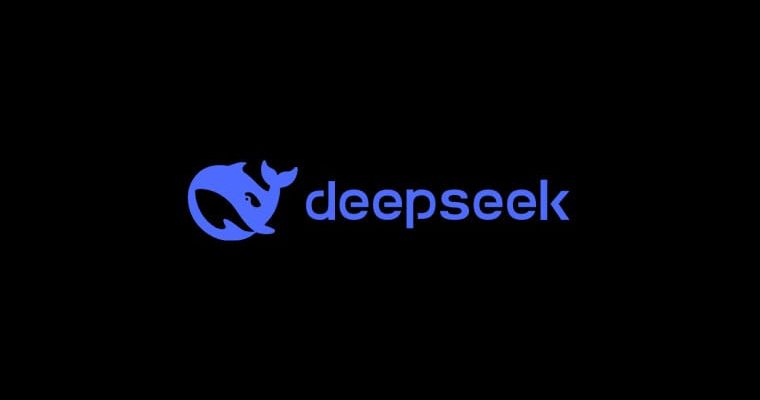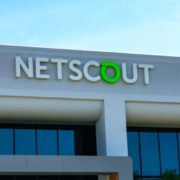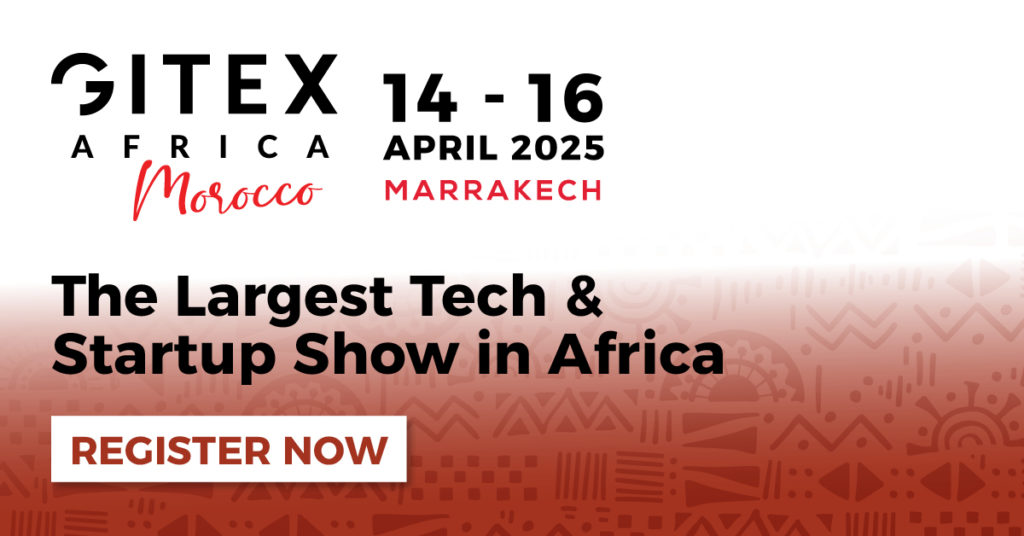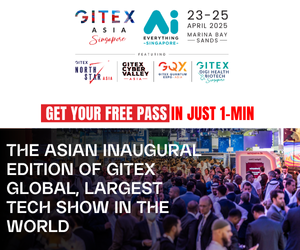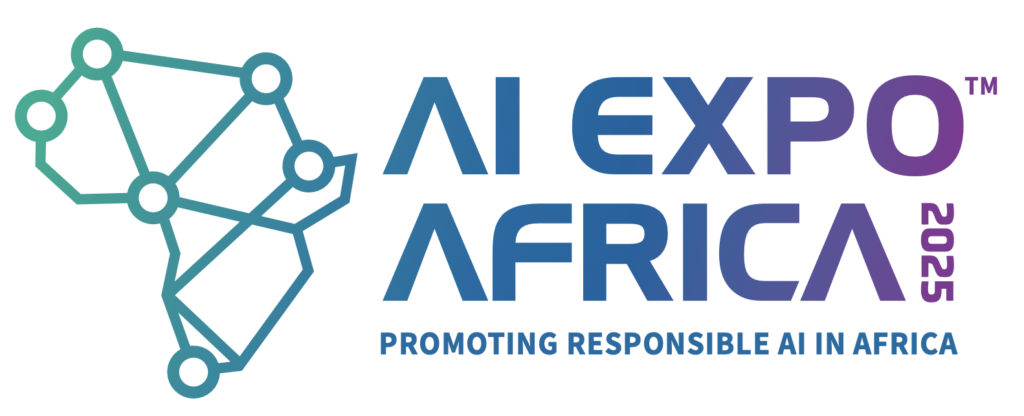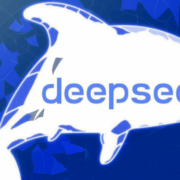By John Strand
For 28 years Strand Consult has collected and published knowledge about the telecommunications market. Knowledge is critical for making decisions, and policymakers should focus on getting the best possible knowledge and evidence. Strand Consult is known for its ability to spot trends, predict the future, and provide critical commentary to industrial and policy developments.
RELATED: DeepSeek-R1 AI model 11x more likely to generate harmful content, security research finds
Strand Consult conducts original research and collects information from different sources. These inputs are packaged into Strand Consult’s research notes, reports, workshops and presentations. Telecom operators around the world purchase Strand Consult’s unique and valuable knowledge so they can navigate an increasingly complex world.
Strand Consult is fortunate to meet and engage many interesting, intelligent people with compelling insight on the telecom industry and wishes to amplify these voices through its blog universe, “Telecom Expert Voices”.
Broadening visibility of intelligent thinkers on telecommunications
Strand Consult’s goal is to strengthen and broaden the visibility of some the smartest and most intelligent thinkers on telecommunications. These expert commentaries don’t necessarily reflect Strand Consult’s view but are valuable to support the broader discussion about the telecom industry and its importance to society.
The new guest blog by Richard Windsor, The Strategy and Finance of DeepSeek, offers important insight on the economics, security and privacy of DeepSeek, and is now posted on Strand Consult’s website.
Richard Windsor, PhD runs Radio Free Mobile there is an independent research producer specialising in the digital and mobile ecosystem. RFM produces an in depth research product that helps clients to understand and evaluate the players in the digital ecosystem. This product is available on a subscription basis and is currently sold to a range of some of the largest players in the digital ecosystem. RFM has subscribers in the handset, telecom operator, financial investment, semiconductor and internet industries.
During Richard’s 11 years at Nomura Securities, Richard focused on the equity coverage of the Global Technology sector in Equities. During that time, Richard began looking at Handset software and over a period of 5 years became an industry leader in the space. Richard has always strived to maintain an independent and objective view and does not pull any punches when concerns arose about the viability of a company or an idea.
The Strategy and Finance of DeepSeek
By Richard Windsor
- DeepSeek’s latest model is surprising the AI industry, but the timing of the model’s release damages its credibility as, at face value, it looks like Chinese propaganda aimed at spoiling the new US administration’s honeymoon.
- DeepSeek is a Chinese AI company that was spun out of a hedge fund (High-Flyer) that was set up in 2015 to use machine learning to recommend trades for generating index-beating returns.
- In 2019 a subsidiary called High-Flyer AI was established to conduct research into AI algorithms which I presume was initially focused on the transformer architecture and then rapidly added LLMs to its focus.
- In 2023, High-Flyer spun out High-Flyer AI, renaming it DeepSeek which has released a number of LLMs into the open-source community with its latest model attracting some attention.
- On 20th January 2025, DeepSeek released (to open source) DeepSeek-R1 which it refers to as a “reasoning model” which is scoring extremely well on independent testing.
- This testing can be verified as anyone can download the model and run the tests themselves, meaning that the real questions are how it was created and what its economics really are.
- DeepSeek-R1 is a 671bn parameter Mixture of Experts (MoE) architecture which means lots of mini-models each trained in a discipline stuck together to operate as one.
- This is what I suspect OpenAI is doing with its current models although the company has long since stopped following its namesake and being open about anything.
- DeepSeek R1 scores extremely well against almost all of the benchmarks (see here) and comfortably rubs shoulders with the likes of OpenAI o1, Claude 3.5-Sonnet and GPT4o.
- This comes as a big surprise as China is supposed to be cut off from advanced semiconductors that are needed to train a model of this size and complexity.
- Combining this with the release’s timing gives the Chinese state the appearance of thumbing its nose at the new administration, which the CCP has proved very adept at doing over the last few years.
- DeepSeek’s timing undermines its credibility.
Hence the real questions are:
- First, silicon access where the only publicly available data indicates that DeepSeek has a 10,000 cluster of Nvidia A100 that it purchased in 2001 prior to any sanctions being put in place.
- Given the size and complexity of DeepSeek-R1, it appears that this array is insufficient to train DeepSeek-R1 with speculation that DeepSeek has managed to access an array of 50,000 Hopper H100s.
- There are two main ways by which this could have been achieved.
- Either, DeepSeek acquired the silicon through re-exports from a non-sanctioned country (which the 2024 rule updates seek to close out (see here) or it has rented the capacity in a non-sanctioned country.
- China’s national security laws prevent algorithms from leaving China meaning that without some form of special dispensation, DeepSeek would have risked getting in very hot water had it taken this route.
- DeepSeek appears to have regular dialogue with the Chinese state and its CEO, Liang Wenfeng, has publicly met China’s Premier Li Qiang to discuss the development of AI in China.
- Hence, while DeepSeek has links to the Chinese state, it is unknown how closely it is working with the CCP and so I think the most likely answer is that it has been able to either acquire the H100s or rent them locally from someone that has.
-
How close is DeepSeek to CCP?
- This makes the sanctions put in place by the US Department of Commerce look ineffective which is what I suspect was behind the tightening of the rules announced last week.
- It also helps China fight the propaganda war although this current round has not worked well as it has yet to register on the horizon of the mainstream media and tech press.
- Second, economics which I think is by far the most important question.
- DeepSeek’s earlier models have been offered very cheaply in the local market which forced Baidu, Alibaba, Tencent and ByteDance to cut their prices which will almost certainly helped adoption but pressured economics.
- DeepSeek-R1 is very likely to follow this precedent and given that it is available outside of China on Hugging Face, it could put pressure on everyone else as well.
- DeepSeek claims to make small but positive margins on its very low price for its service, but given how much everyone else is burning, I find this quite hard to believe.
- Hence, I wonder if DeepSeek is being financed indirectly by the Chinese state which if executed in certain ways would allow DeepSeek to show a positive return despite its price leadership.
Real winners, losers of AI race will be determined in the free market
- The economics question is by far the most important one because the real winners and losers of the AI race will eventually be determined in the free market where uneconomical business models will be resoundingly punished.
- Furthermore, the governments of the world including both China and the USA have crippling debt and spending problems and can not endlessly fund AI companies and projects that burn through billions of dollars every quarter.
- Hence, I continue to believe that at some point economic reality is going to raise its head leading to a correction in both expectations and valuations.
- It is at this point that we will really find out who is floating on a bed of hot money and who has a proper business that will stand the test of time.
- The bottom line is that DeepSeek its deeply dependent on US chips to deliver the economies and cost savings that it claims.
The big question is why China has allowed R1 to be exported
- DeepSeek is quickly becoming infamous as Western companies, institutions and governments ban the use of the DeepSeek chatbot service but the real value of DeepSeek to the industry is in the methods that it used to achieve leading-edge performance at a fraction of the cost.
- If these methods are real and reproducible, then DeepSeek will have made a substantial contribution to AI even if its models end up only being used in China.
- This is why the main question to be answered is why China would allow these innovations to benefit its geopolitical rivals and get almost nothing in return.
- DeepSeek has two points of presence outside of China.
- The first is the DeepSeek chatbot which is powered by the R1 model and resides on a server in China while the second is a copy of the R1 model that DeepSeek has made available to the open-source community meaning that anyone who wants it can use and modify it in any way they like.
- The bans that are being announced are on the chatbot service where the inference is executed in China meaning that the prompts and any data that they contain will be accessible by the Chinese state.
Countries are banning DeepSeek
- As my colleagues over at Strand Consult have pointed out, this contravenes the EU’s GDPR and therefore it is no surprise that the chatbot has been banned in Italy, France, Belgium and Germany and I suspect that the rest of the EU will follow.
- Italy has already gone so far as to remove DeepSeek’s chatbot from the Apple and Google app stores.
- Taiwan has now banned the chatbot from use by the government with Texas, the US Navy, US Congress and Nasa also quickly following suit.
- Hence, I think we will see the chatbot be banned in all of the EU and Western agencies involved with government or national security.
- This raises the question of what will happen to the DeepSeek R1 model that the company has made available to the open-source community and which is quickly appearing as an option on cloud services worldwide.
- All the cloud providers have done is download the model, make sure that it runs on their infrastructure and APIs and offer it as an option to any of their customers who want it.
- The question that needs to be understood here is why has DeepSeek made its model available to anyone who wants it for free.
- The Chinese state will have had to have issued DeepSeek with a licence to export its algorithm and so the real question is why is the Chinese state happy to let its adversaries have one of its most advanced pieces of AI technology for free and unencumbered?
What are possibilities for DeepSeek?
- RFM sees three possibilities.
- First, Methods: which could be where the real AI technology lies not in the model but in the methods that were used to create and run it so cheaply.
- DeepSeek has outlined the techniques that it used to achieve its claims, but it has not provided a step-by-step procedure by which these efficiencies could be replicated.
- This means that the real breakthroughs may not been disclosed to a level that would allow them to be replicated and that the IP remains proprietary to DeepSeek.
- Hence, the Chinese state would be making significant PR gains (see below) while not giving up very much.
- Second, PR & propaganda. The last few years have seen a substantial tit-for-tat battle between the US and China to be seen as having supremacy in AI.
- This is an important part of waging the ideological struggle upon which both are engaged, and China has proved to be particularly adept at extracting the maximum value from any “advances” that it makes.
- Hence, one can see how China would be quite happy for DeepSeek to make its model freely available if the real IP is staying at home.
- Third, Backdoors and loopholes where the R1 model could contain backdoors and loopholes that would either secretly send data back to China or allow China to access systems upon which DeepSeek is running.
- This is a less likely possibility, but history has seen this sort of thing happen before and with the model being around 770GB in size, finding these would be like looking for a needle in 100 haystacks.
DeepSeek has plenty of available Western alternatives
- I suspect that the net result is that Western companies and states will choose not to use DeepSeek because there are plenty of Western alternatives available that perform just as well especially if the methods prove not to be replicable.
- DeepSeek surprised the world with its claims on how cheaply it was able to create and run its models and if Western companies can replicate DeepSeek’s methods on their own models, then they will have reaped all the benefits and taken none of the risk.
- This is why I am sceptical as to whether Western companies will be able to replicate DeepSeek’s methods because if they succeed, China will have given away a core advantage in AI and received very little in return.
- This is not how one wins an ideological struggle with one’s opponent which is why I and many others are questioning what China’s motivations behind the release of DeepSeek really are.
- In the meantime, the two sides continue to move further and further apart making the scenario of a Balkanisation of the internet increasingly likely.
- This will have the effect of splitting the Internet into two pieces as Chinese devices and the digital services created for them will no longer so easily work on, or communicate with non-Chinese devices.
- This will create two Internets, one for China and another for everyone else.
- Hence, the size of the network will become smaller as China exits, meaning that the utility of the entire network will decrease dramatically (Metcalf’s Law of Networking).
- This is why we have long forecasted that the long-term growth of the technology industry will be lower as a result of this split caused by the ideological rivalry.
Personal information and DeepSeek
Strand Consult’s reviewed the terms and conditions of DeepSeek and it appears that users give DeepSeek the rights to access, preserve, and share the information described in what they call “What Information We Collect” with law enforcement agencies, public authorities, copyright holders, or other third parties in China.
DeepSeek collects user information in three buckets: (1) User provided Information, (2) Automatically collected information, and (3) Information from other sources. DeepSeek uses this information to create a user profile.
DeepSeek automatically collects many other sets of information including but not limited to technical and usage Information (from the app, device, connection and so on), cookies, payment information and so on. It also collects information from the process to sign-up and login, through linked services, advertising, measuring, and collection with other partners.
The personal information DeepSeek collects from from users is stored on a server located outside of the user’s country of residence. DeepSeek stores user information and the information on so-called “secure servers in the People’s Republic of China”. This data collection and storage on servers in China is problematic for many individuals and institutions and likely prohibits many citizens, government employees, enterprises, and others from using DeepSeek.


